|
Note: This article contains Amazon Affiliate links. As I'm sure many of you have, I've been thinking a lot about Ukraine and Eastern Europe these days. Last week I launched a Substack specifically so I could give food history commentary on current events, and my first post was all about Ukraine. I've long had an interest in the cuisines of Eastern Europe and the states of the former Russian/Soviet empires. Their creative use of ordinary ingredients and emphasis on fresh fruits and vegetables is extremely appealing to a Midwesterner raised on meat and potatoes. The connection to the land, gardens, and older folks also reminds me a lot of visiting my great-grandmothers in rural North Dakota, who kept huge gardens, and dirt cellars full of preserved foods. I'm always on the lookout for new cookbooks in this vein, so when I saw the following, I snatched it up. The week before the Russian invasion of Ukraine - Cuisines of the Caucasus Mountains: Recipes, Drinks, and Lore from Armenia, Azerbaijan, Georgia, and Russia by Kay Shaw Nelson arrived at my door. First published in 2002, it's written by Nelson, an American who studied Russian language and literature and later became enamored of the food of Georgia (which I am also very interested in). She covers the whole of the Caucasus Mountains, and writes eloquently on each country and their regional differences in agriculture, wild foods, terrain, and foodways. I'm always interested in vegetarian dishes, and this cookbook has quite a few, in addition to some delicious-sounding meat dishes. The book is divided by a combination of meal and ingredient, including appetizers, soups, dairy dishes (where eggs are confusingly included), fish, meat/poultry/game, vegetables & salads, grains & legumes, breads/pastas/savory pastries, desserts & sweets, and beverages/drinks/wine. I have earmarked a number of dishes, including salads and egg-based dishes. After the success of Eggs en Cocotte last week, I thought we'd take a stab at another egg dish for a simple supper. Nelson doesn't assign this dish to a country or region, like she does the others, so I've ascribed it to the entire Caucasus Mountains region. Poached Eggs in Spinach with Garlic and YogurtNelson's original "Poached Eggs in Spinach" recipe is pretty straightforward, and as she remarks in the headnotes, tomatoes and green beans are an alternative vehicle for the poached eggs (similar to Middle Eastern shakshuka). However, her recipe leaves a bit to be desired. Because spinach is the main vehicle of this dish, if you don't season the cooked greens and the eggs well, it will be a flop. Here's my adaptation of her original recipe. 2 packages frozen spinach (10 ounces each), cooked and drained salt, pepper, and whatever other spices you like lemon juice 6 eggs 1 1/2 cups plain yogurt 2 garlic cloves, finely chopped 1/2 cup shredded mozzarella salt pepper dried dill butter for the baking dish Preheat your broiler. Season the spinach with salt, pepper, and lemon juice. Place in a well-buttered baking dish (not glass, which is not broiler safe) and make six indentations for the eggs. Mix the yogurt, garlic, and mozzarella. Crack the eggs into the indentations, then spread the yogurt evenly over the top (I skimped mine a little because I was using fewer eggs, and shouldn't have). Top the yogurt with more salt and pepper and dried dill. Broil for 10-15 minutes or until the yogurt is bubbly and browned and the egg whites are set. Two eggs per person was plenty, and the leftovers weren't bad, although the egg will obviously cook more once you reheat it. I ate mine all mixed up with some buttered cracked wheat toast (Heidelberg Bread Company in New York makes the BEST toast). This turned out pretty well, all things considered. Without the seasoning it would have been especially bland, so make sure you season your greens! A few things I would change - press more of the water out of the spinach and add more lemon juice, add chopped fresh dill and parsley to the spinach mix, or lemony fresh sorrel if I could find it. I think I would also add onion or more garlic to the spinach itself, instead of just the topping. I would also follow the instructions and use more yogurt for the topping - the places where the egg white wasn't covered it got a little tough in the oven. I think I would still stick with just six eggs, instead of eight, because it was a nice ratio of egg-to-spinach, so the spinach felt like a substantial part of the meal, instead of a garnish for the eggs. I might also try this again in a stovetop-safe vessel like a cast iron skillet, or pre-heat the spinach in the oven before adding the eggs. The bottoms of the eggs were still a little undercooked and the tops were a bit tough. That being said, this was a surprisingly satisfying dish, and anything that gets more dark leafy greens into the diet is always a good thing. I would definitely try this again, but with some changes to make it more flavorful. What do you think - would you try it? The Food Historian blog is supported by patrons on Patreon! Patrons help keep blog posts like this one free and available to the public. Join us for awesome members-only content like free digitized cookbooks from my personal collection, e-newsletter, and even snail mail from time to time! Don't like Patreon? Leave a tip! Tip Jar
$1.00 - $20.00
Like what you read, watch, or hear? Wanna help support The Food Historian, but don't want to commit to a monthly thing, or sign up for Patreon? Then you're in luck! You can leave a tip! This one-time (non-tax-deductible) donation helps keep The Food Historian going and pays for things like webhosting, Zoom, additions to the cookbook library, and helps compensate Sarah for her time and energy in helping everyone learn more about the history of food, agriculture, cooking, and more. Thank you!
0 Comments
Your comment will be posted after it is approved.
Leave a Reply. |
AuthorSarah Wassberg Johnson has an MA in Public History from the University at Albany and studies early 20th century food history. Archives
July 2024
Categories
All
|
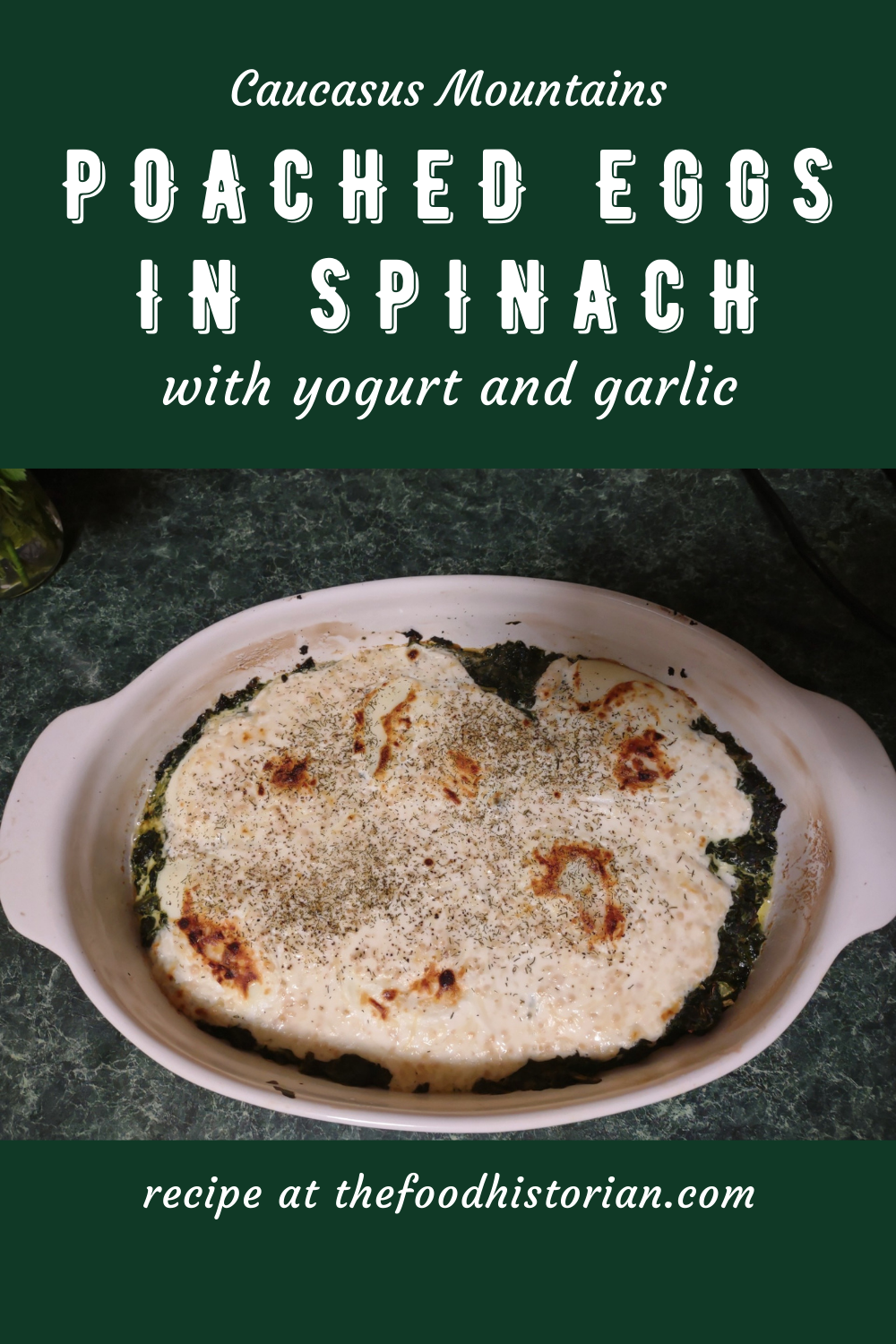
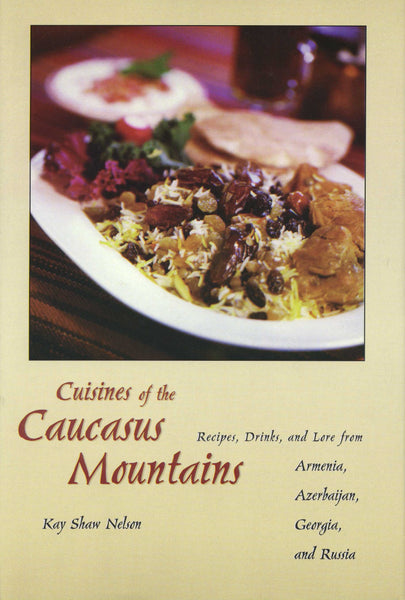
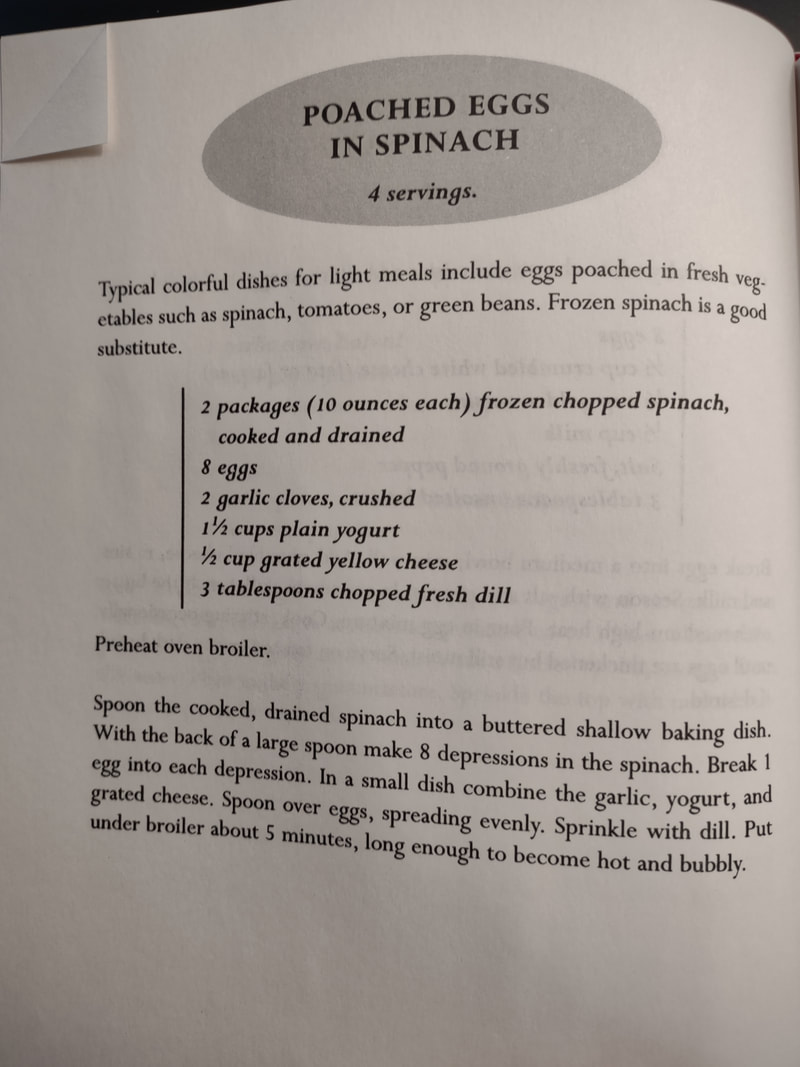
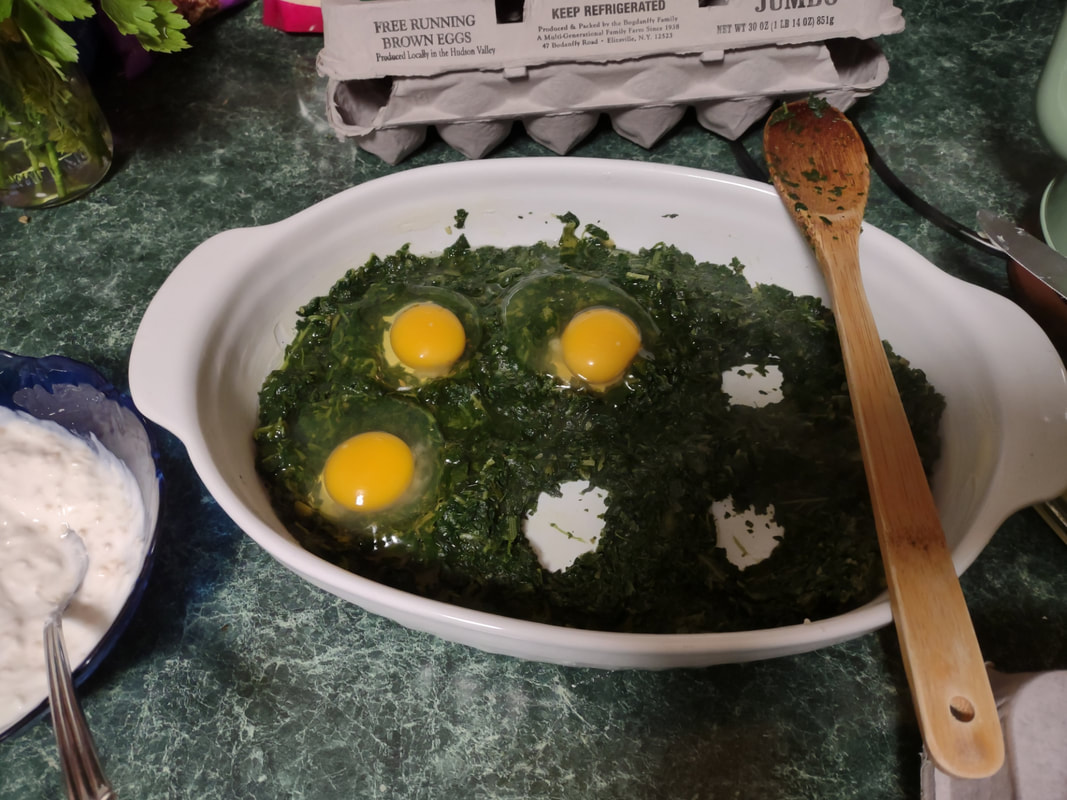
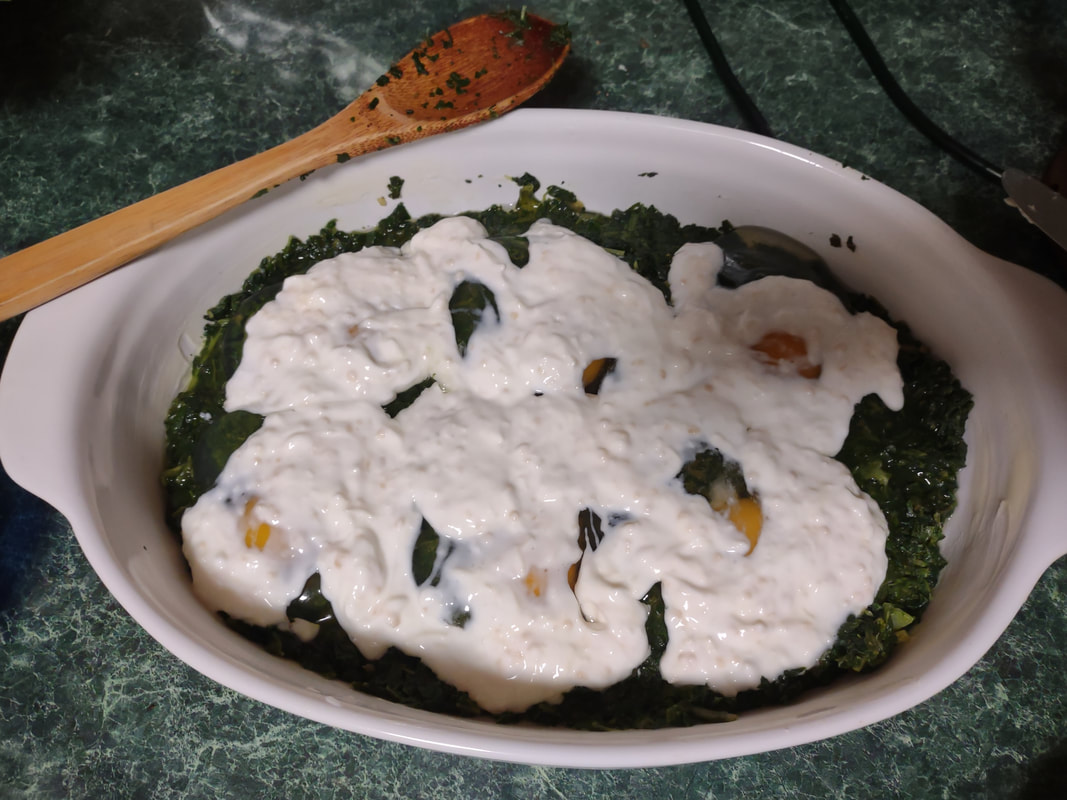
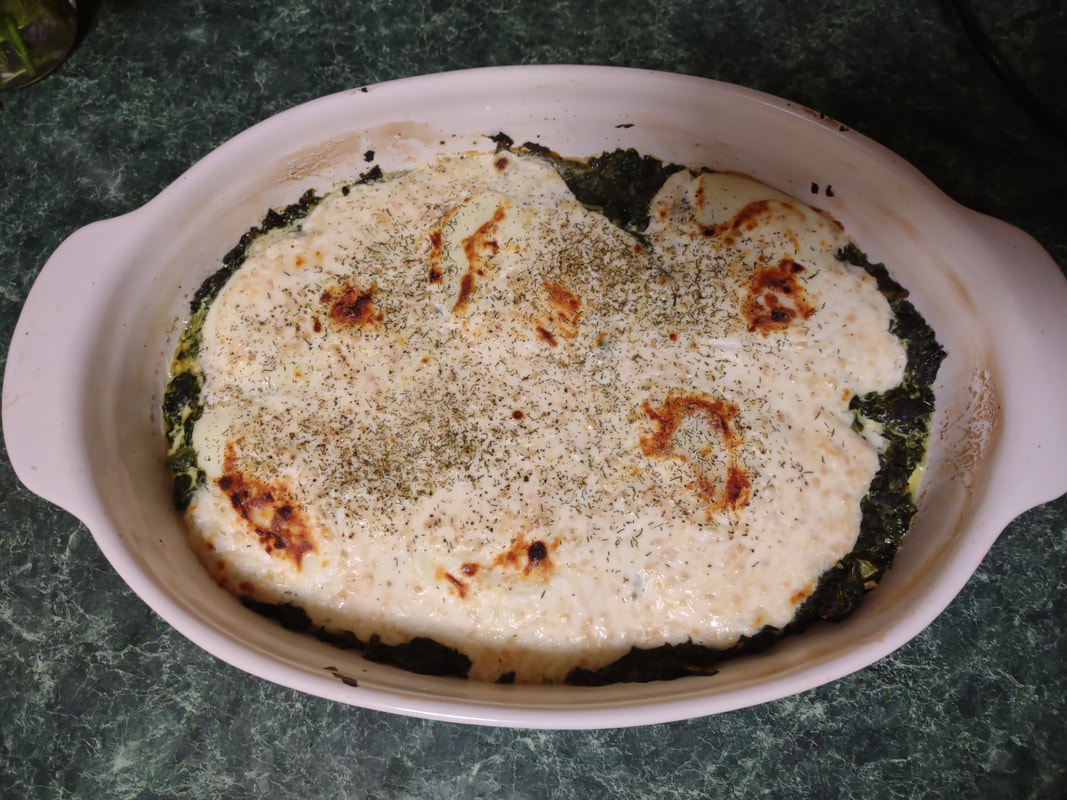
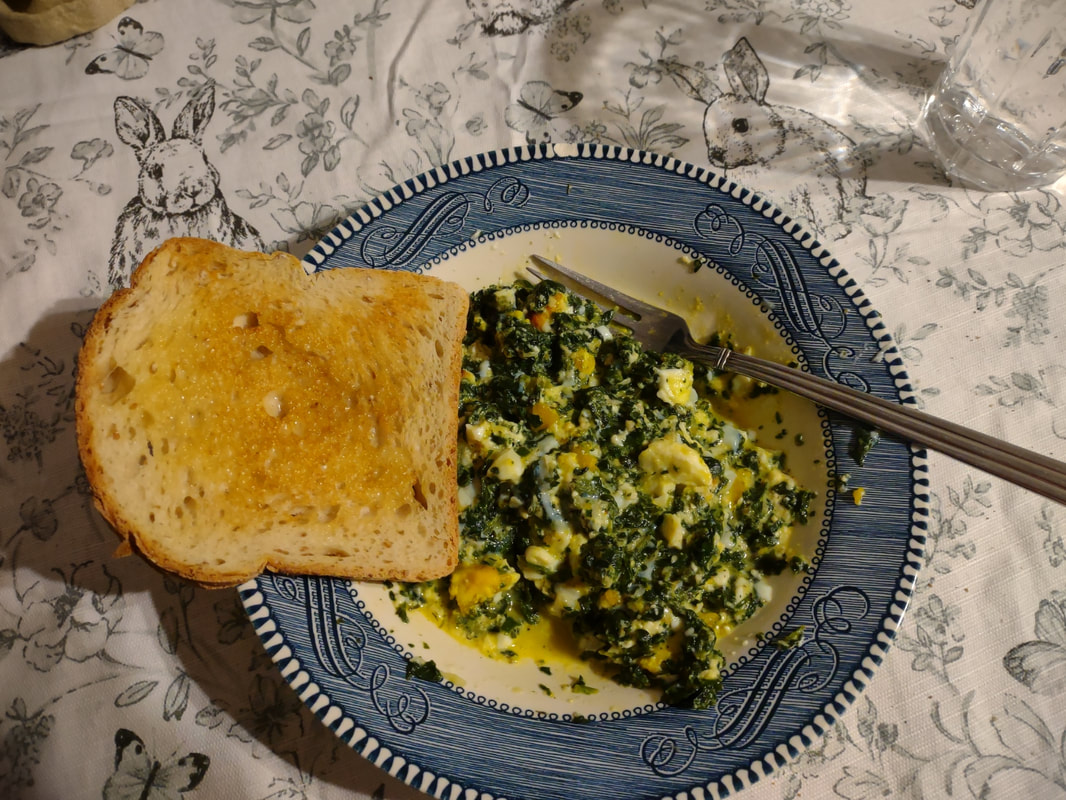

 RSS Feed
RSS Feed